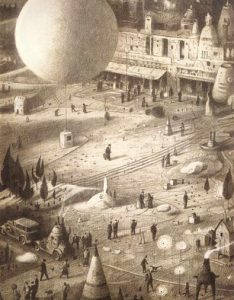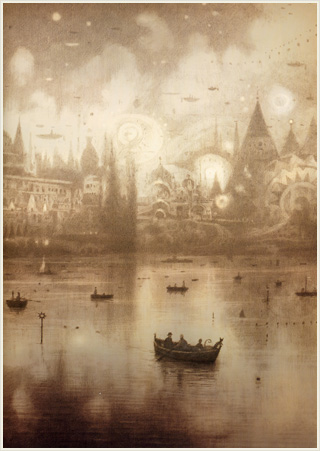

Monuments and memorials are built forms with commemorative as well as political functions.


In any case, it serves as a cultural metaphor: a rhetorical apparatus conveying portrayals of Japan to Italian contemporary cul- ture with different degrees of verisimilitude, ranging from an almost fable-like scenery to a vague historical background and a peculiar biographical frame. Japan can be used in literary fiction as a ‘pretext’ (Pasolini), as a setting (Baricco), or as a context (Calvino). In these texts, I examine the distinct meaning of Japan’s metaphors, high- lighting the different levels of exoticism in Japan’s description, and the different degrees of the subject's involvement in terms of their relationship with otherness (embrayage or débrayage). This paper explores three authors’ texts from post-WWII Italian literature, showing three different representations or ‘narra- tive uses’ of Japan: Il re dei Giapponesi (1949), an unfinished novel by Pier Paolo Pasolini If on a Winter's Night a Traveler (1979), Palomar (1983) and Collection of Sand (1984) by Italo Calvino Silk (1996), a short novel by Alessandro Baricco. Contextualisation in narrative enunciations means not only using elements of actorialisation, spatialisation and temporalisation, but also ‘dramatising’ the relationship between Self and Other through «cultural metaphors» (Gannon 2011). Narrative processes participating in sense- making take place within a cultural context, and can be studied via a diatextual approach to the discursive structures and the tools of Greimasian narrative semiotics. Eco’s A Theory of Semiotics (1975) points out that cultural units are organised networks of meanings, so that semantic fields pertain to a specific culture’s world view.


 0 kommentar(er)
0 kommentar(er)
